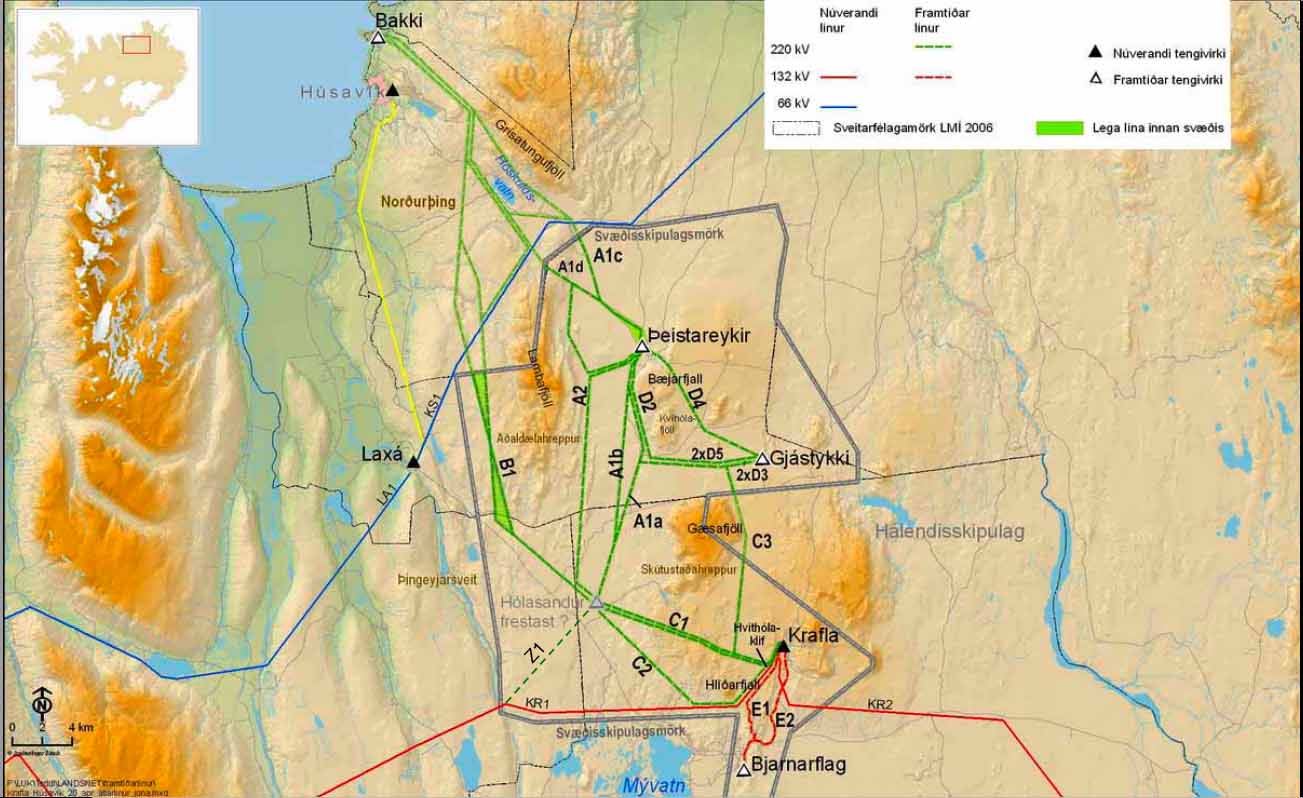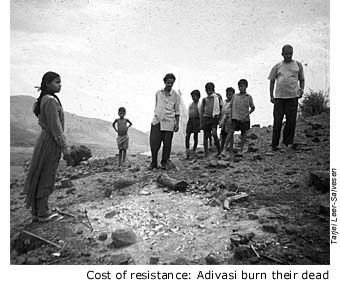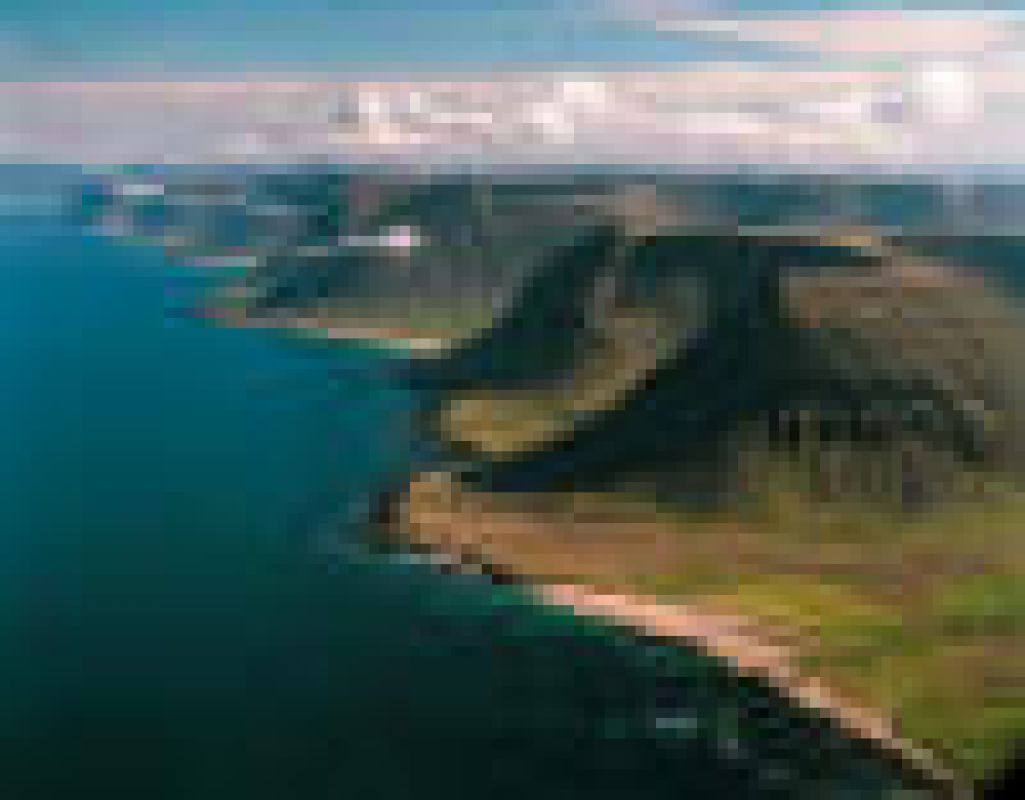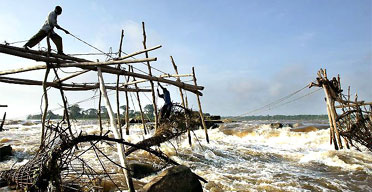'Ecology'
Tag Archive
Sep 01 2007
Corruption, Dams, Ecology, Landsvirkjun, Repression
Updated 1 October 2007
Icelandic geologists have now confirmed that the earthquakes at Upptyppingar were caused by the inundation of Halslon at Karahnjukar. Now that the inundation of the Karahnjukar area is completed the earthquakes have subsided, but only for the time being. The water levels of Halslon will be constantly fluctuating while the reservoir is operational.
This proves that the warnings of geologists like Grimur Bjornsson and Gudmundur Sigvaldason were very valid. The Kárahnjúkar dams are situated on a cluster of active geological fissures. The government withheld geological reports from parliament when voting on the dams took place.
The suppression of these reports, the official gagging order placed on Grimur Bjornsson and the general defamation that the concerned scientists experienced from government ministers, power companies and other State institutions was criminal. Those responsible should be made to answer for this.
Read More
Aug 31 2007
ALCOA, Ecology, Greenwash, Guðmundur Páll Ólafsson, Landsvirkjun

ALCOAs web in the northeast. Click for larger.
Just some of the important issues that are missing from the IR report below are for example the large scale destruction of all the geothermal areas in the northeast and the incredible net of electric pylons that the project entails. It should also be noted that once the smelters are built demands for enlargements always surface. The smelter capacity usually aimed for by aluminium companies is around 500.000 tonns. Once ALCOA have exhausted the geothermal energy of the northeast they will be going for the remaining glacial rivers of all of the north of Iceland. For more information see: A letter to ALCOA from Dr. Ragnhildur Sigurdardóttir and Gudmundur Páll Ólafsson
Read More
Aug 18 2007
ALCOA, Arms Industry, Australia, Climate Change, Corruption, Cultural, Ecology, Economics, India, Jamaica, Laws, Pollution, Repression, Samarendra Das
In this exhaustive text, Felix Padel and Samarendra Das give a thorough analysis of the situation of the aluminium industry in India, its history as a global force of destruction intrinsically linked to the arms industry and its links to genocide. This is required reading for anyone with an interest in the aluminium industry, peace, and the desperate situation of the people of Orissa, India. Read More
Aug 18 2007
4 Comments
ALCOA, Amazon, Australia, Climate Change, Cultural, Dams, Ecology, Economics, Greenwash, Guðmundur Páll Ólafsson, hydropower, India, Jaap Krater, Pollution
Trouw (daily), Netherlands, 21 January 2007
Large dams have dramatic consequences. Ecosystems are destroyed and numerous people are made homeless, often without adequate resettlement. But it is yet little known that large-scale hydro-electricity is a major contributor to global warming. The reservoirs could, despite their clean image, be even more devastating for our climate than fossil fuel plants.

A few years ago, I spent a month in the valley of the Narmada River, to support tribal activists who have been resisting the Sardar Sarovar dam in central India for decades. These indigenous inhabitants, or adivasis, are desperate. In their struggle, inspired by Gandhi, they attempt to drown themselves when their villages are flooded. Death seems preferable to being forced to move from their valley to tin houses on infertile, barren soil. If they’re lucky, they can live on land that nobody else wants, the only available in the densely populated India. This forced resettlement, made necessary by ´progress´, is not unsimilar to what befell American Indians or the Aborigines in Australia. The consequences of mega hydro: cultures die and alcoholism, depression and violence remains.
Read More
Aug 17 2007
1 Comment
Actions, ALCOA, Australia, Barclays, Corruption, Cultural, Ecology, Economics, India, Jamaica, Norsk Hydro, Pollution, Repression, Samarendra Das, Surinam
By Felix Padel and Samarendra Das, Economic and Political Weekly, December 2005

“The evidence we present goes against the conventional history of aluminium, which tends to portray the industry as central to various countries’ economic power and prosperity, without understanding the financial manipulation and exploitation between and within countries, and the true costs.”
Few people understand aluminium’s true form or see its industry as a whole. Hidden from general awareness are its close link with big dams, complex forms of exploitation in the industry’s financial structure, and a destructive impact on indigenous society that amounts to a form of genocide. At the other end of the production line, aluminium’s highest-price forms consist of complex alloys essential to various ‘aerospace’/’defence’ applications.1 The metal’s high ‘strategic importance’ is due to its status as a key material supplying the arms industry. In these four dimensions ‘ environmental, economic, social and military ‘ it has some very destructive effects on human life.
Read More
Aug 17 2007
2 Comments
ALCOA, Corruption, Ecology, Greenwash, Oil, Pollution, Repression
 The local council in the westfjords yesterday gave their permission to build an oil refinery in the area, to “save the community from disintegrating since people are moving away.” They hope that a factory like this would interest young people in moving back to the area.
The local council in the westfjords yesterday gave their permission to build an oil refinery in the area, to “save the community from disintegrating since people are moving away.” They hope that a factory like this would interest young people in moving back to the area.
The likeliest place for the refinery would be Arnarfjordur, a place of tremendous beauty as most places in the westfjords are.
Scientists have pointed out that oceanic iceblocks may make the sailing route to the area unsafe for bigger ships. Also, a refinery of this size would pump one million tons of C02 into the atmosphere per year, which more than exhausts Iceland´s quota according to the Kyoto agreement.
Read More
Aug 13 2007
Arms Industry, Ecology, Greenwash, Pollution, Repression, Saving Iceland
The first issue of Saving Iceland’s magazine Voice of the Wilderness (download pdf) introduces all the key issues and speakers at the Saving Iceland 2007 Conference.
Aug 10 2007
1 Comment
ALCOA, Ecology, Economics, Greenwash, Guðmundur Páll Ólafsson, Landsvirkjun, Pollution, Repression
“The hurt many of us feel towards the developments in eastern Iceland is so great that we will never accept another aluminum smelter to be built in Iceland. We would not be surprised if the environmental NGO’s and grass root organizations would consider the proposed developments in Northern Iceland to be a serious provocation on the behalf of Alcoa.”
Read More
Aug 07 2007
Ecology
What this news item fails to mention is that the majority of the Icelandic reindeer population live in the highlands around Karahnjukar. A third of the population calve in the “protected” area of Kringilsarrani, now devastated by the Halslon reservoir.
Iceland Review
7 August 2007
Two reindeer, a female and her offspring, have been spotted in Arnarvatnsheidi in west of Iceland this summer.
The Icelandic reindeer population is confined to the east part of the country so this unusual sighting has generated speculation as to whether the animals are migrating westwards. That might increase the risk of animal diseases being transmitted between the different regions of Iceland.
In an interview with the national radio RÚV, Halldór Runólfsson, Chief Veterinary Officer, expressed his worries over such a migration but doubted that these two reindeer were indicative of that. Therefore he didn’t think it was necessary to kill these two far-traveled animals.
Jul 20 2007
Congo, Ecology, South Africa

Fishermen on the Congo at Kisangani. Campaigners fear any dam on the 2,600-mile Congo, aka ‘the river that swallows all rivers’, may harm fishermen such as these at Kisangani. Photograph: Schalk Van Zuydam/AP
By Jeevan Vasagar , The Guardian, February 25, 2005
One of Africa’s biggest electricity companies yesterday unveiled plans to build the world’s biggest hydro-electricity plant on a stretch of the Congo River, harnessing enough power for the whole continent.
The proposed plant at the Inga Rapids, near the river’s mouth in the western Democratic Republic of Congo, would cost $50bn (£26bn) and could generate some 40,000MW, twice the power of China’s Three Gorges dam. Read More